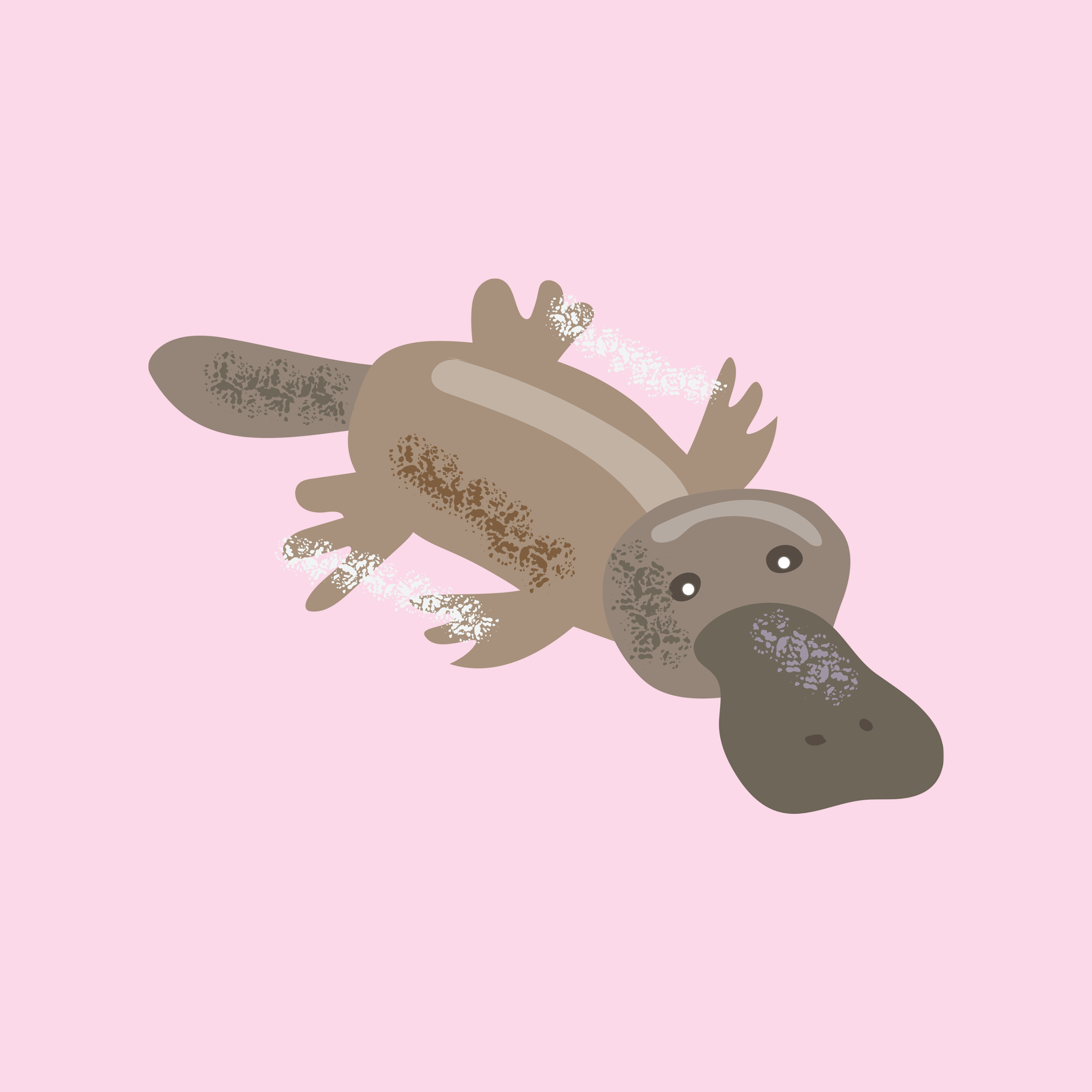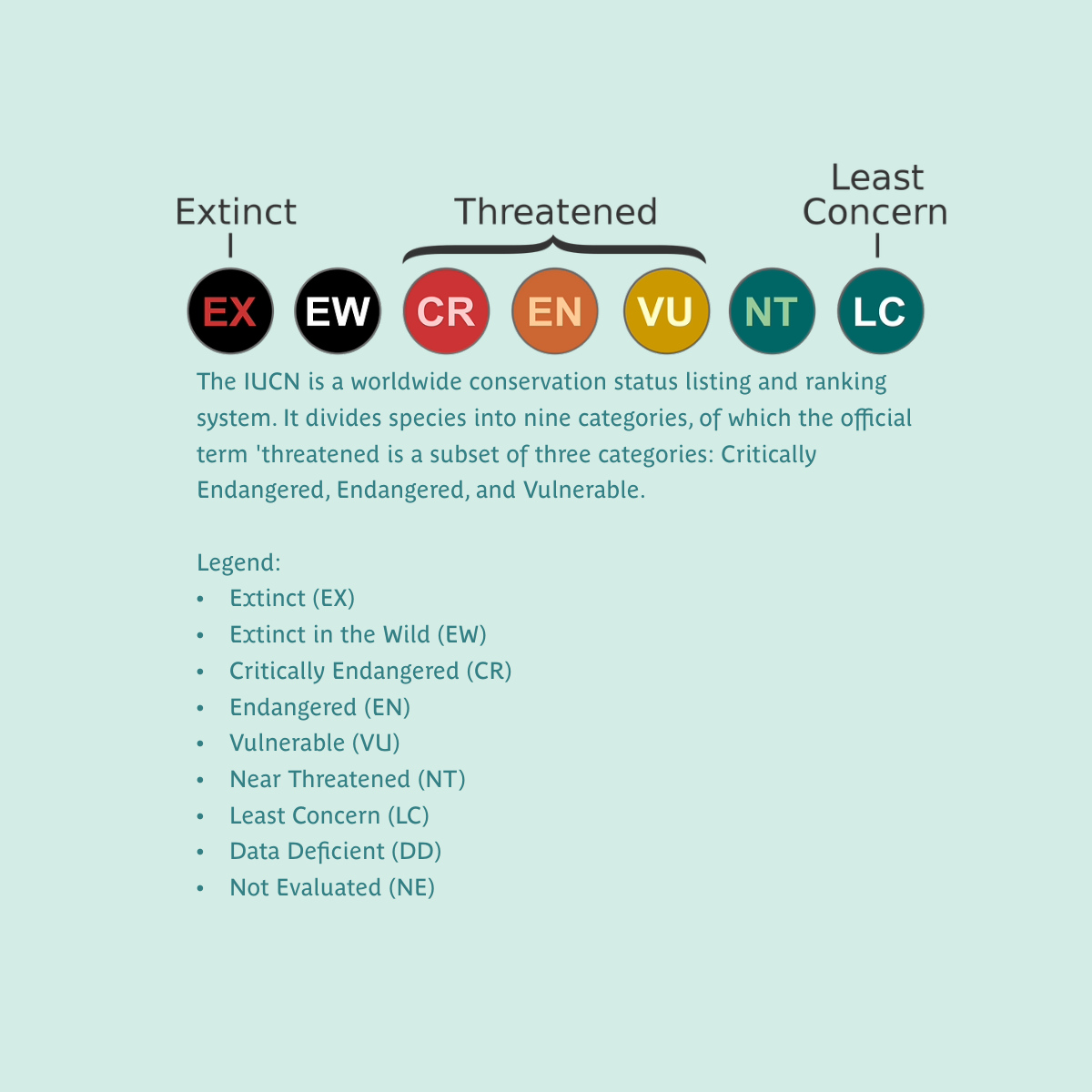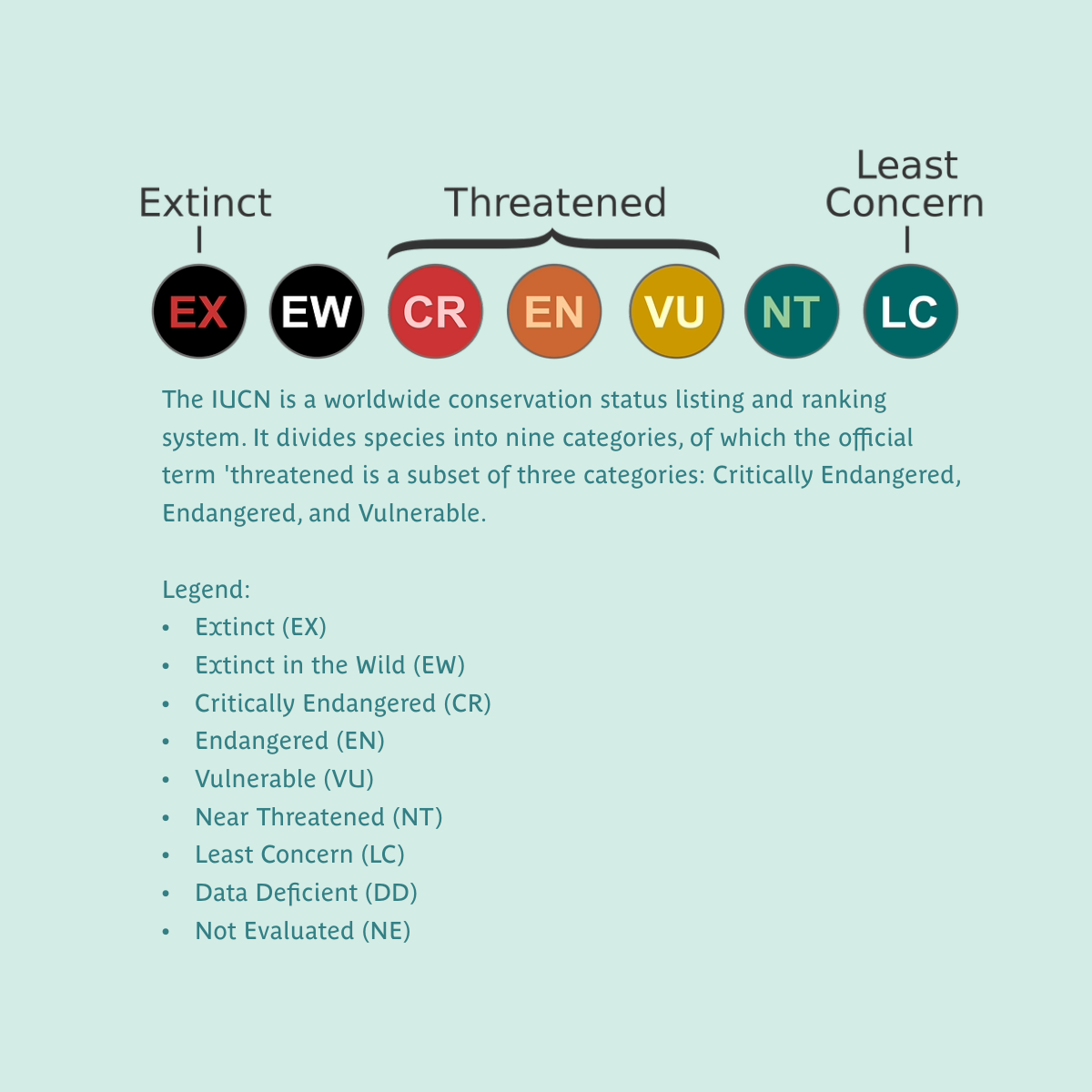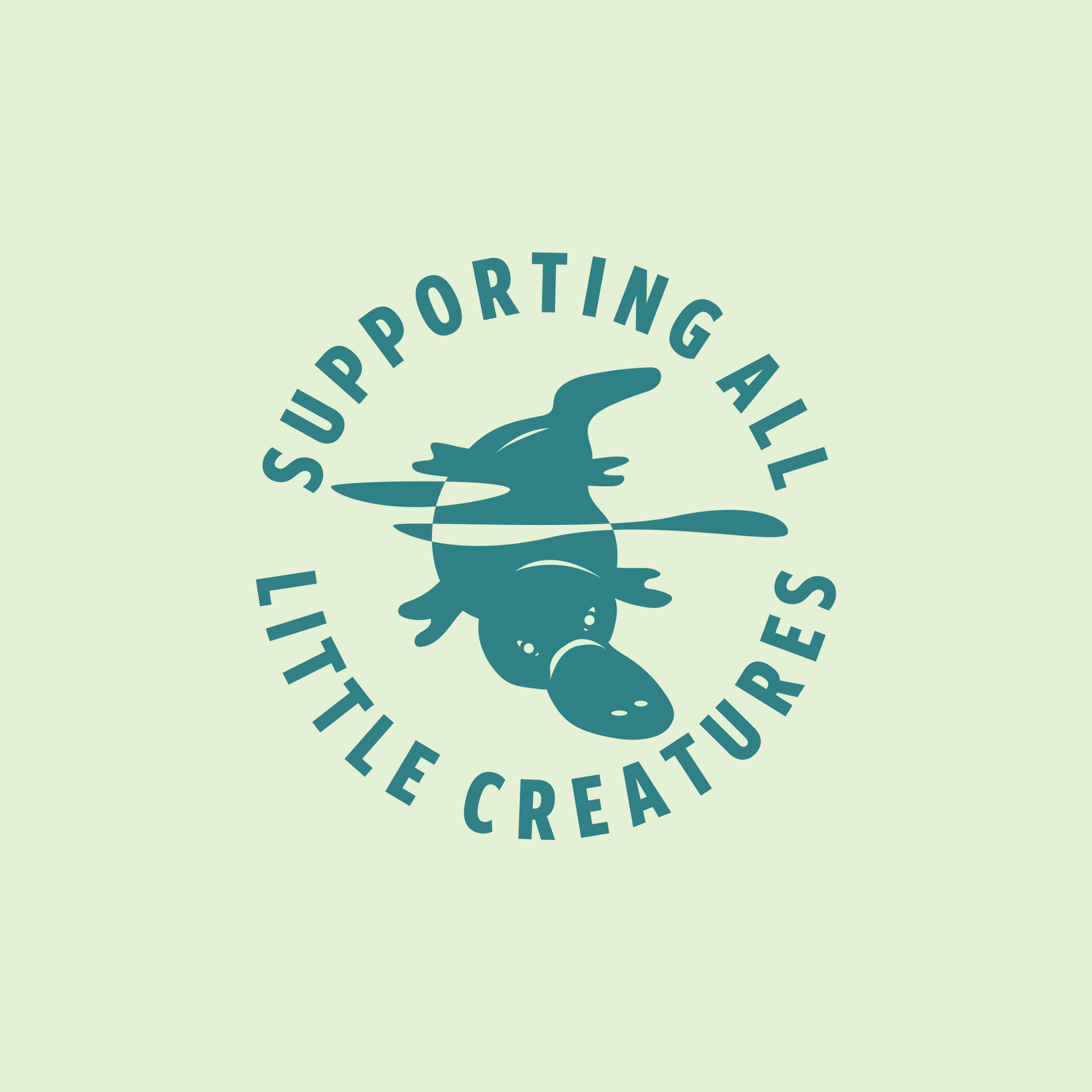Fun Facts
Platypuses were thought to have lived alongside the dinosaurs, with platypus fossils discovered which are 120 million years old!
Platypus bills have thousands of cells (electoreceptors) which allow them to detect tiny electric currents produced by the bodies of small animals. This helps them to hunt for food (insects and larvae, shellfish, and worms) in muddy water. This ability is essential, as when platypuses dive underwater they are pretty much sightless and unable to smell anything. They have folds of skin, like eyelids, which cover their eyes temporarily, and their nostrils seal up to become watertight.
Platypuses don’t have teeth, so they use gravel to grind their food. When platypuses scoop up their food in their bill, they also pick up bits of gravel from the bottom of the river.
Platypuses have retractable webbing on their feet. Their webbing makes them excellent swimmers but is problematic when they are on land. But they have a neat trick and can retract their webbing to expose their sharp claws when climbing up riverbanks.
Platypuses are egg-laying mammals, called Monotremes. The only other Monotremes in the world are Echindas. Once the young platypus (a puggle) is born, the mother produces milk. However, as Platypuses don't have teats, they express milk onto their belly through special glands. Scientists have recently discovered that Platypus milk contains unique antibacterial properties that could be used to fight superbugs.
Platypuses are also one of the few mammals which are venomous (a much more common feature among reptiles!). But only the male Platypuses are venomous. The venom is released by spurs (sharp spikes) on their back legs. Male platypuses mostly use their venom when competing against other males during mating season, but may sometimes use it as a defence against other predators too.
Where can you find them?
Platypuses live in freshwater creeks and rivers in a range of habitats including tropical rainforest creeks and streams in alpine areas. They can be found along east and south-eastern Australia in Queensland, New South Wales, Victoria, Tasmania and South Australia.
Near Threatened (Nationally)
Conservation status
Platypus are classified as endangered in South Australia, Vulnerable in Victoria and Near Threatened nationally. Platypus numbers have declined rapidly, reducing by 31% over the past 30 years. They face numerous threats from habitat loss and destruction as a result of land-clearing, drought, dams, bushfires, climate change, and water extraction for farming and industrial use. Pollution of waterways also reduces their water quality and damages their environment.
The Victorian Flora and Fauna Guarantee Act 1988 Threatened List, June 2023, lists the Platypus as Vulnerable.
The South Australia National Parks and Wildlife Act 1972, June 2023, lists the Platpus is listed as Endangered.
The platypus was classified by the IUCN Red List as Near Threatened nationally in 2014. Source: Woinarski, J. & Burbidge, A.A.2016.Ornithorhynchus anatinus.The IUCN Red List of Threatened Species 2016: e.T40488A21964009.https://dx.doi.org/10.2305/IUCN.UK.2016-1.RLTS.T40488A21964009.en. Accessed on28 July 2023.
Caring for Australia's Wildlife
We want our little ones, and yours, to grow up with a healthy planet, where native plants and animals thrive. That’s why we donate 1 cent from every product sold to support Australian wildlife. We also seek to minimise our impact on the environment wherever possible.
Australian Wildlife facing threats to survival are featured on our packaging, to help raise community awareness and support for these important animals.







